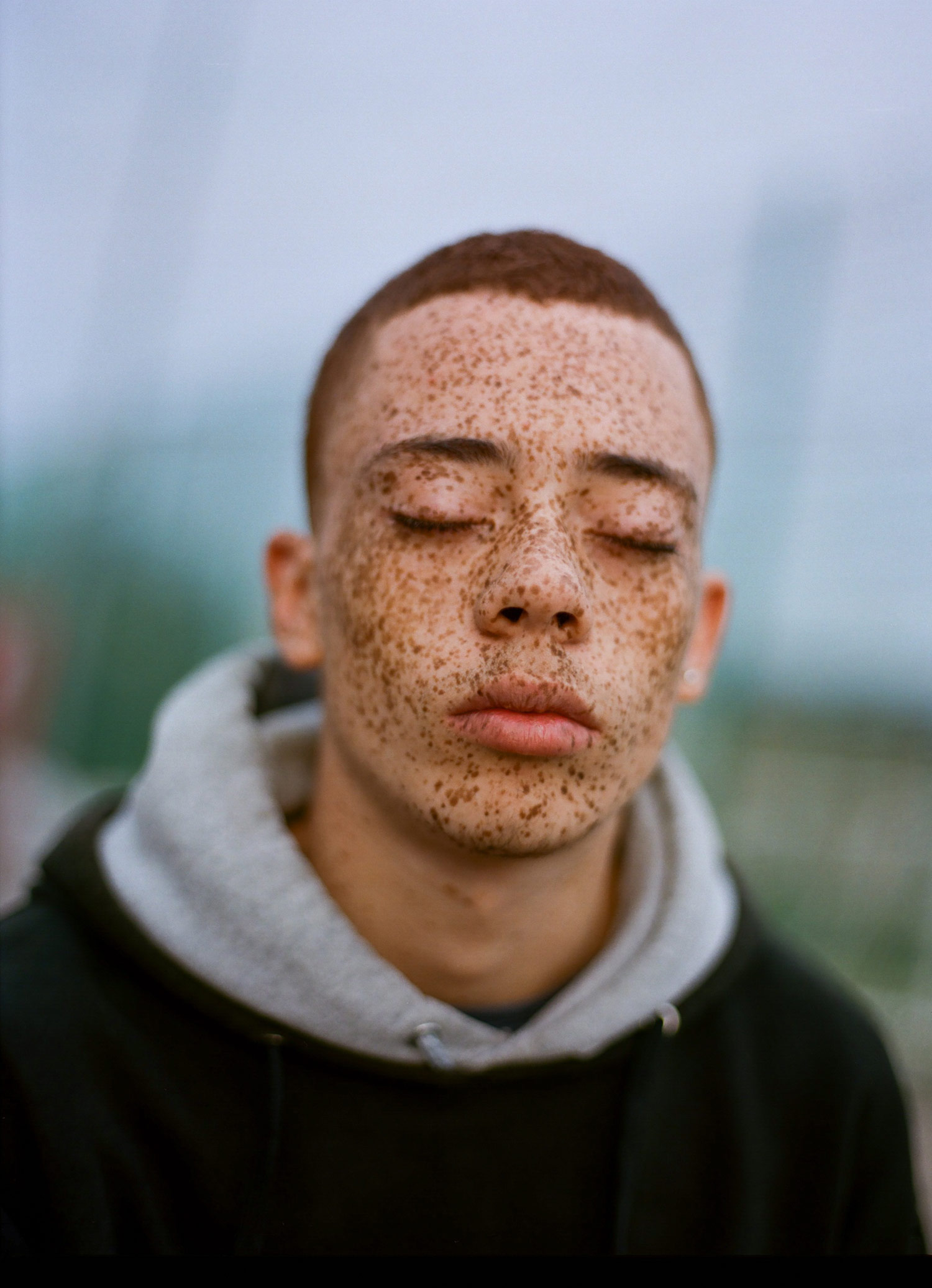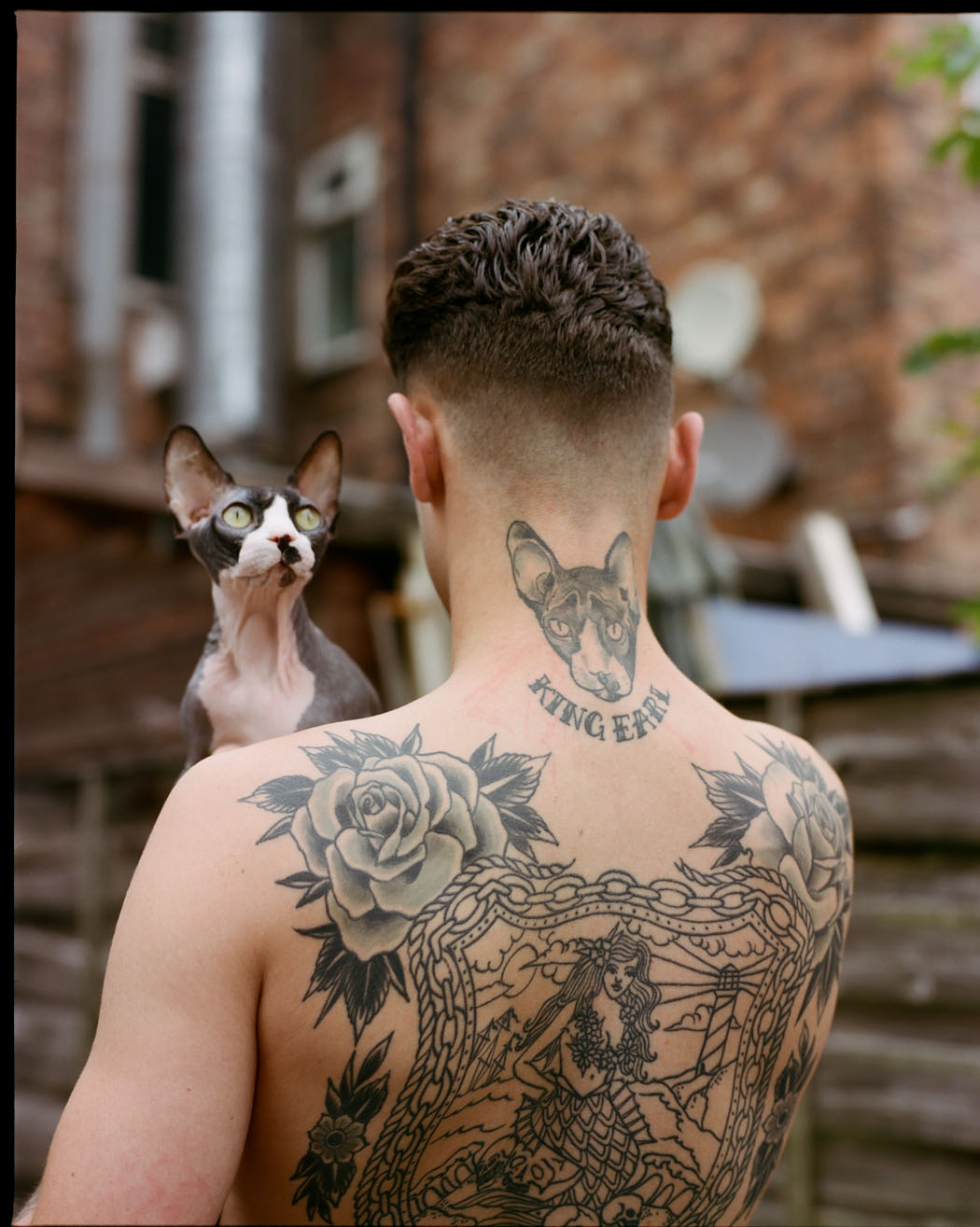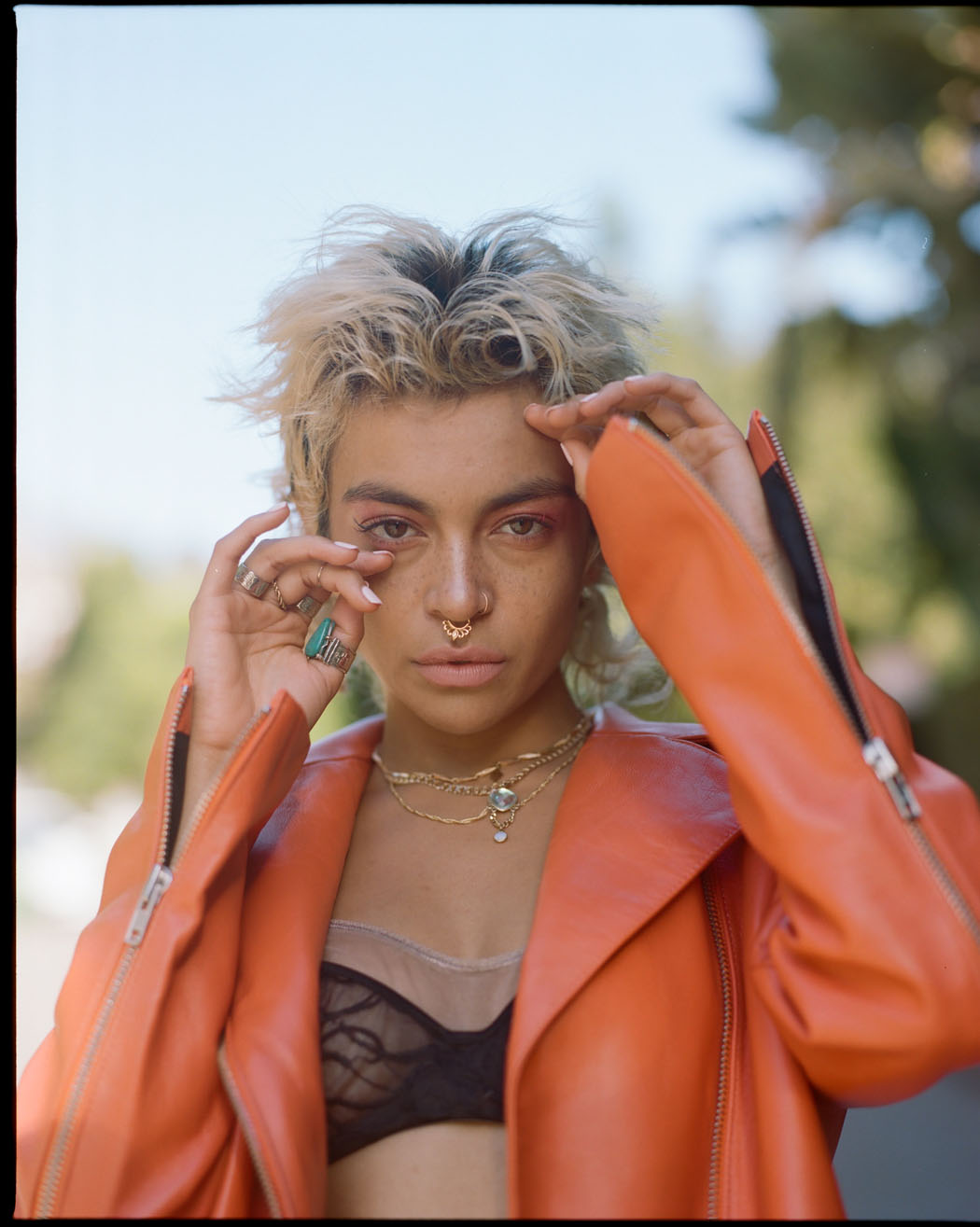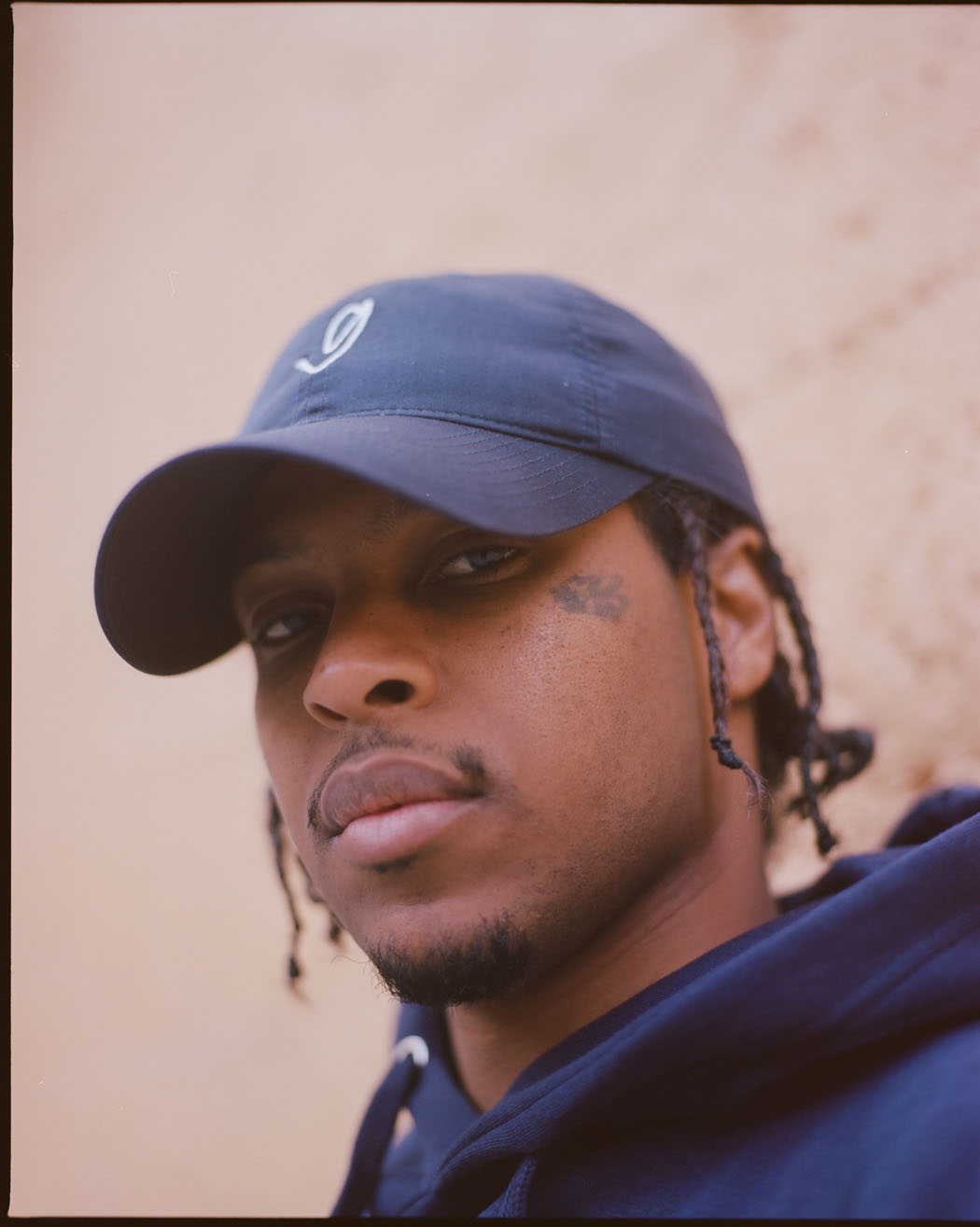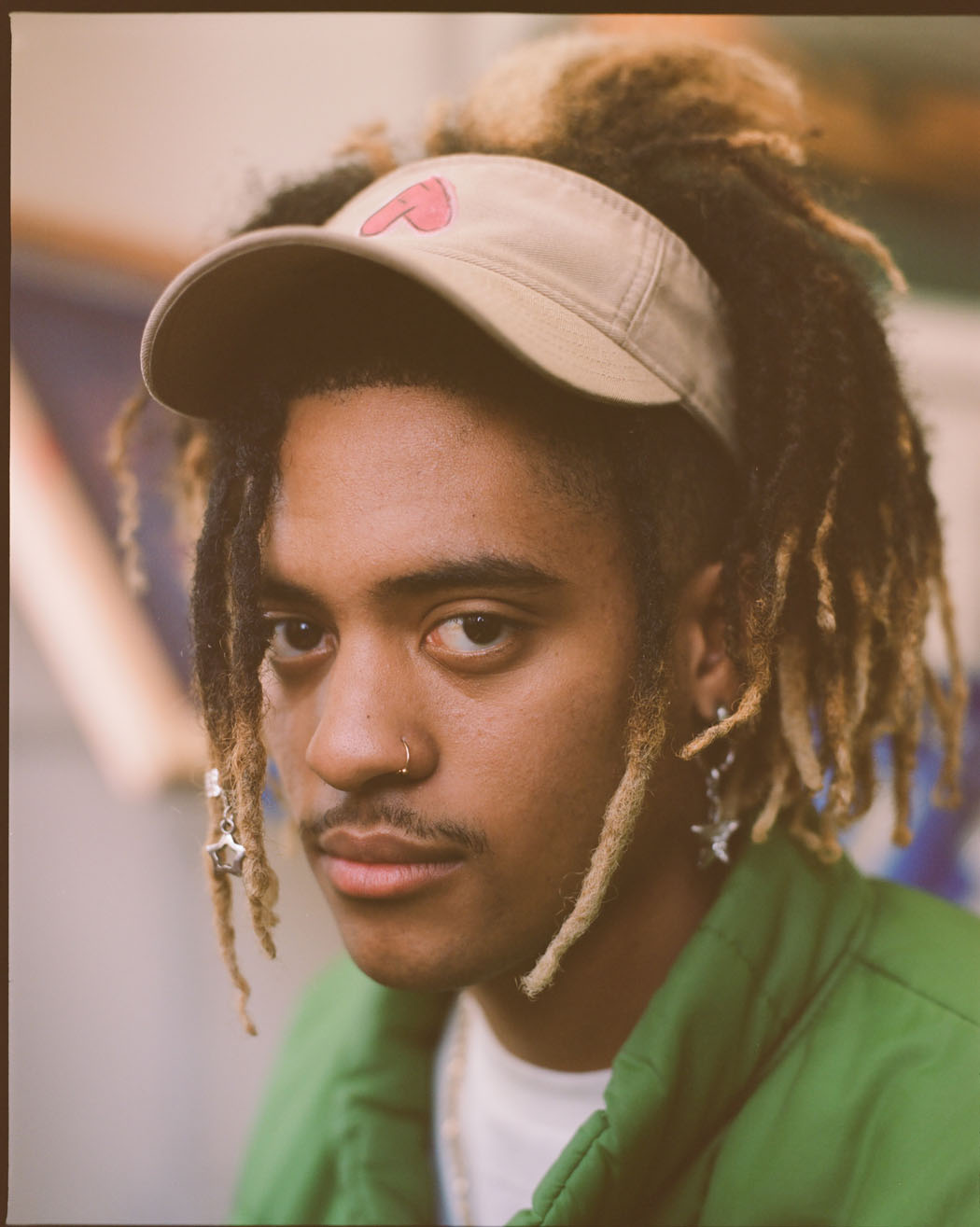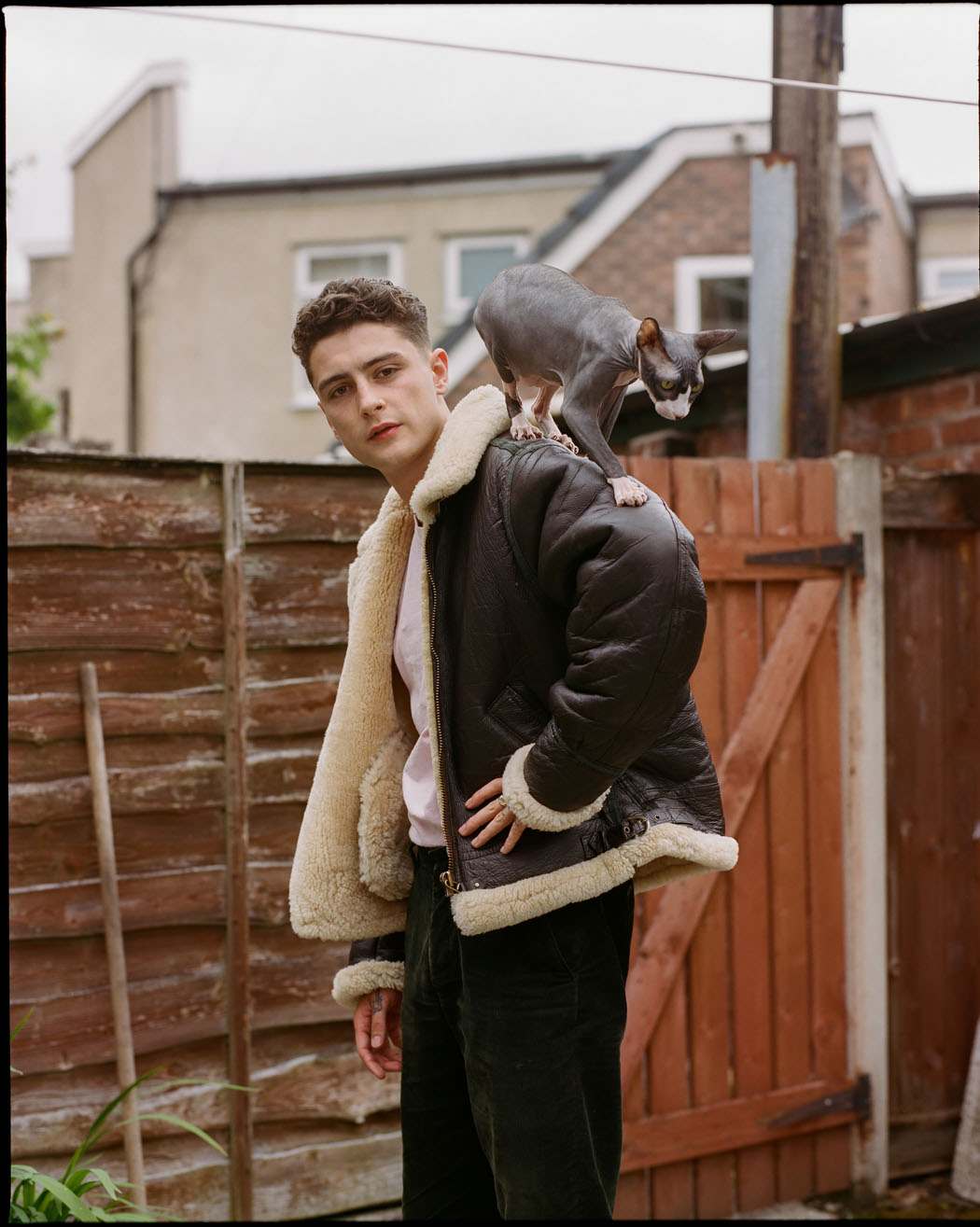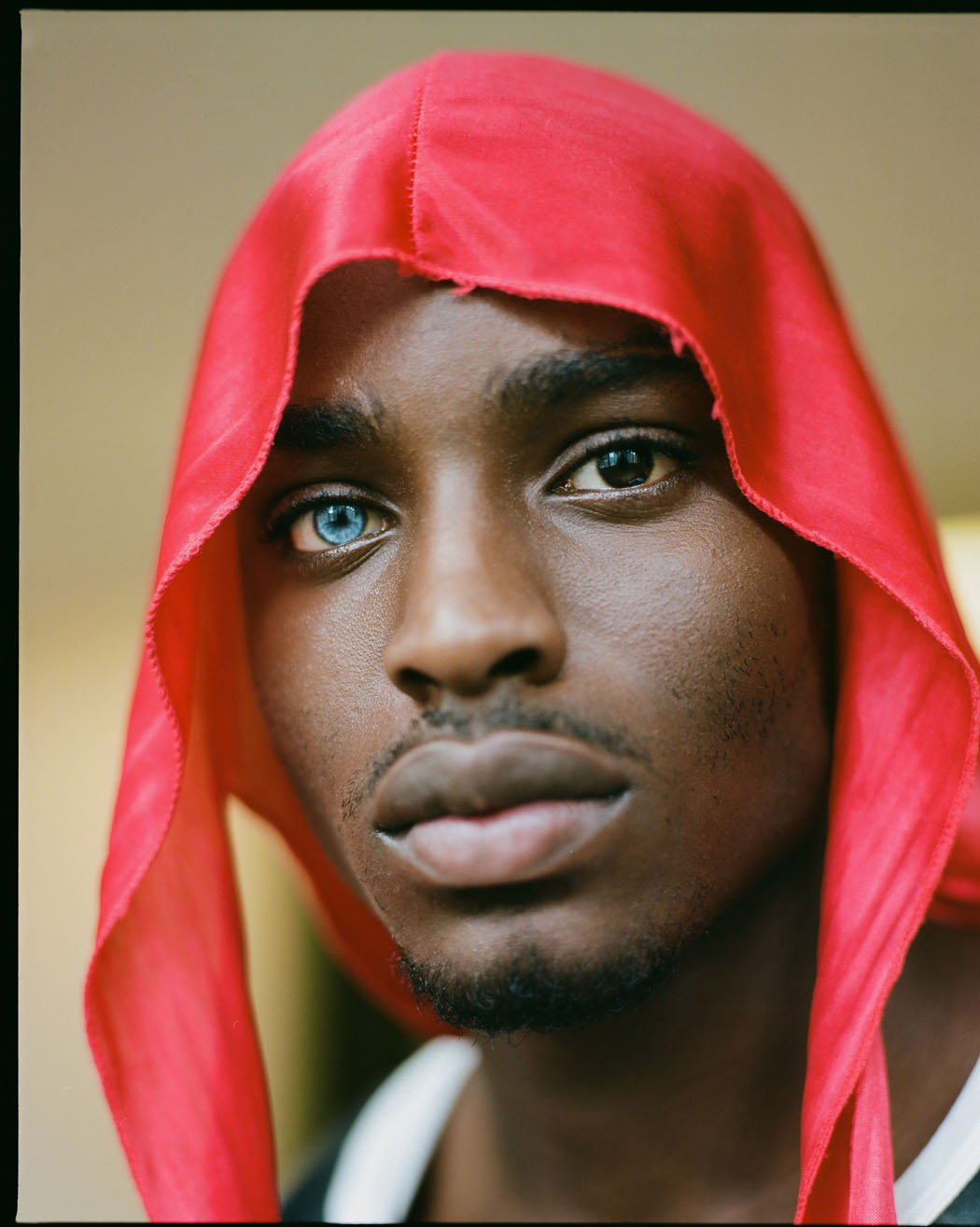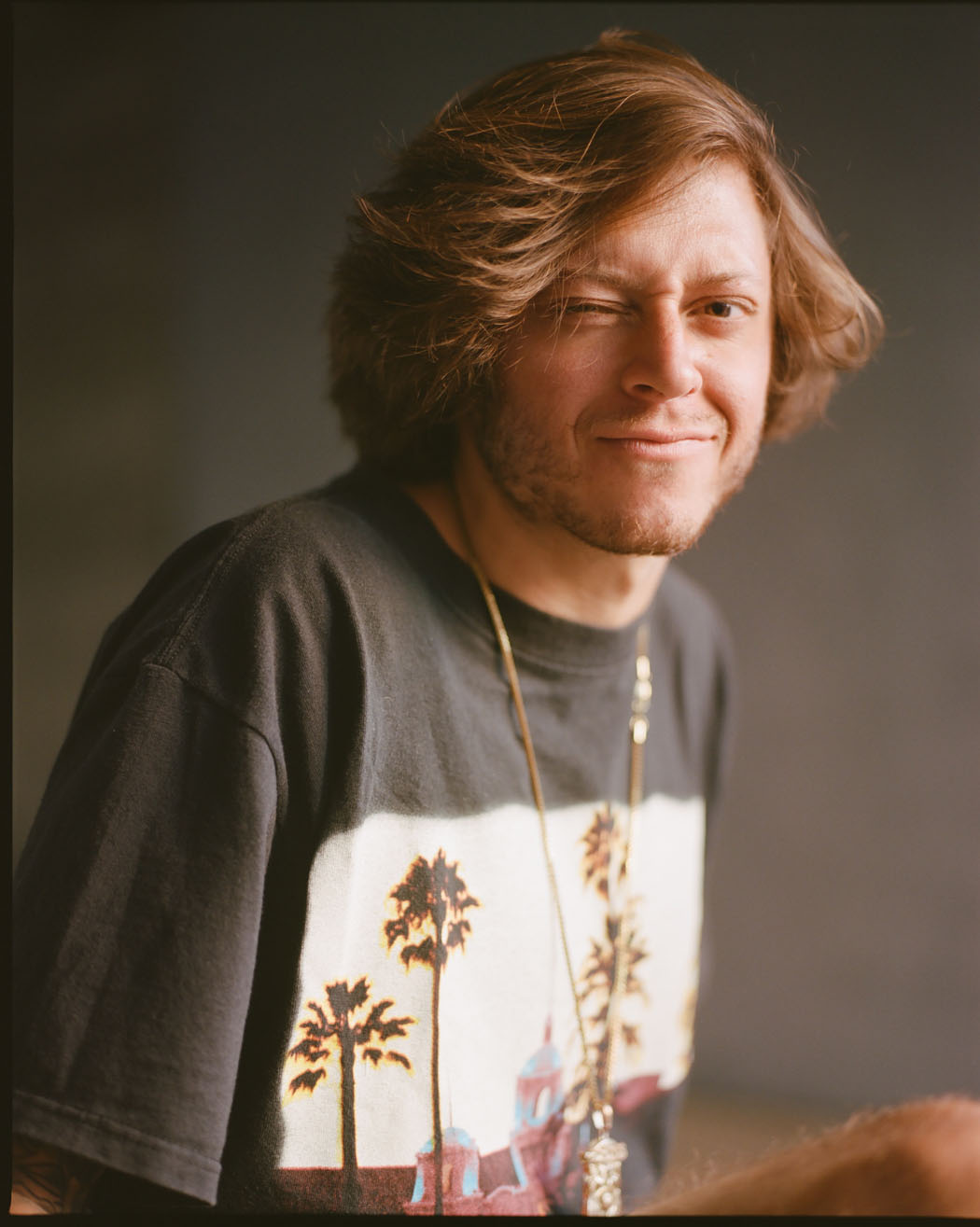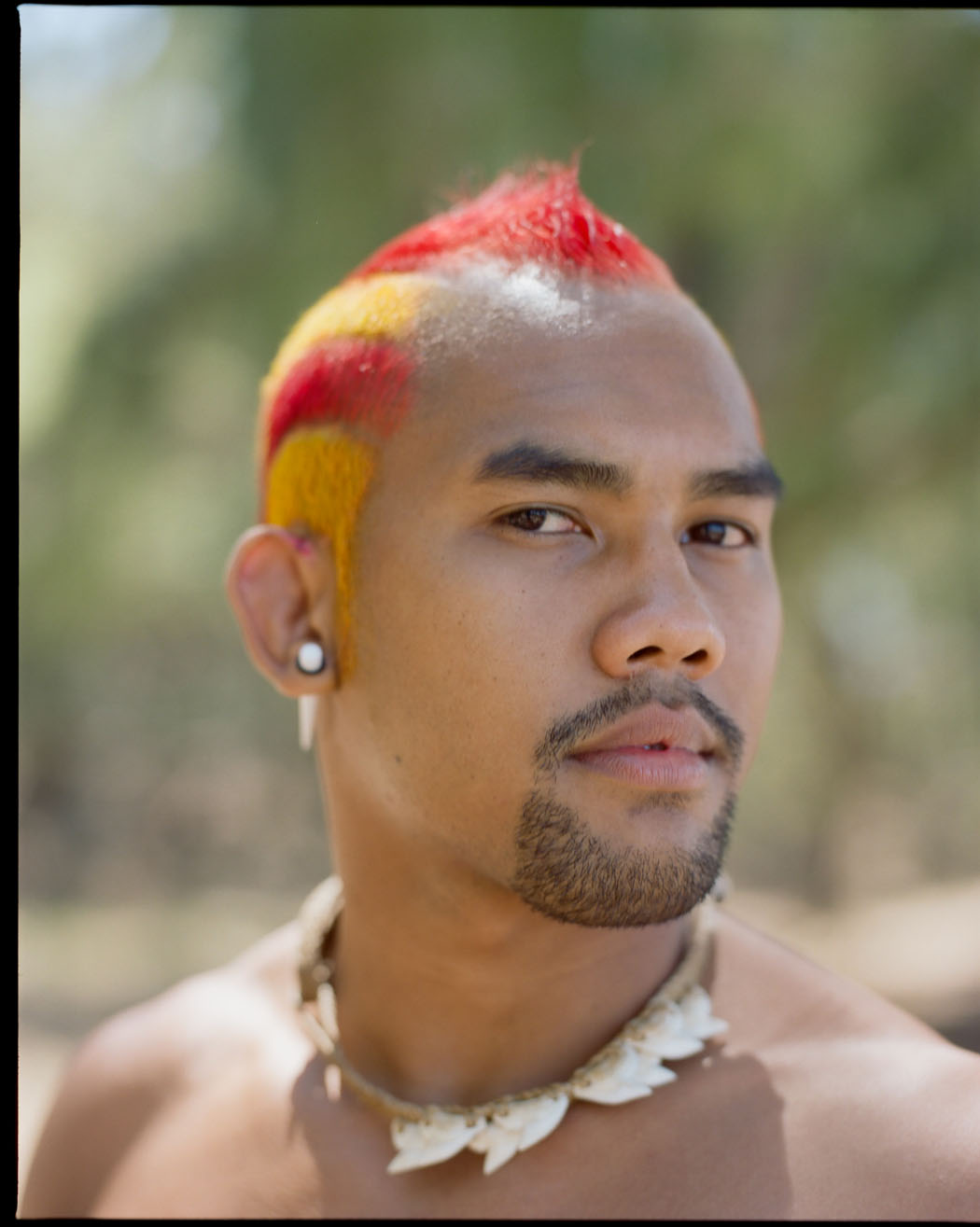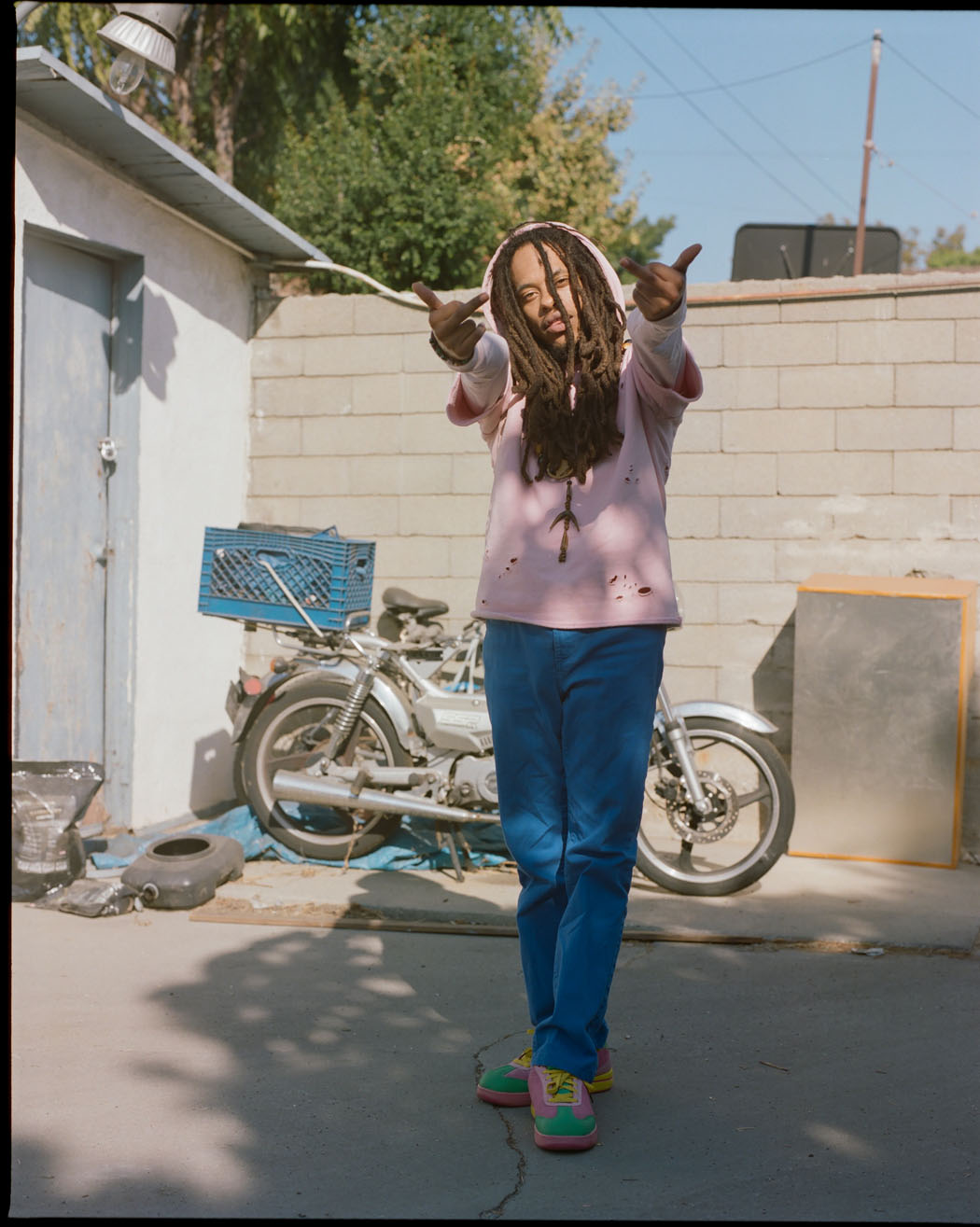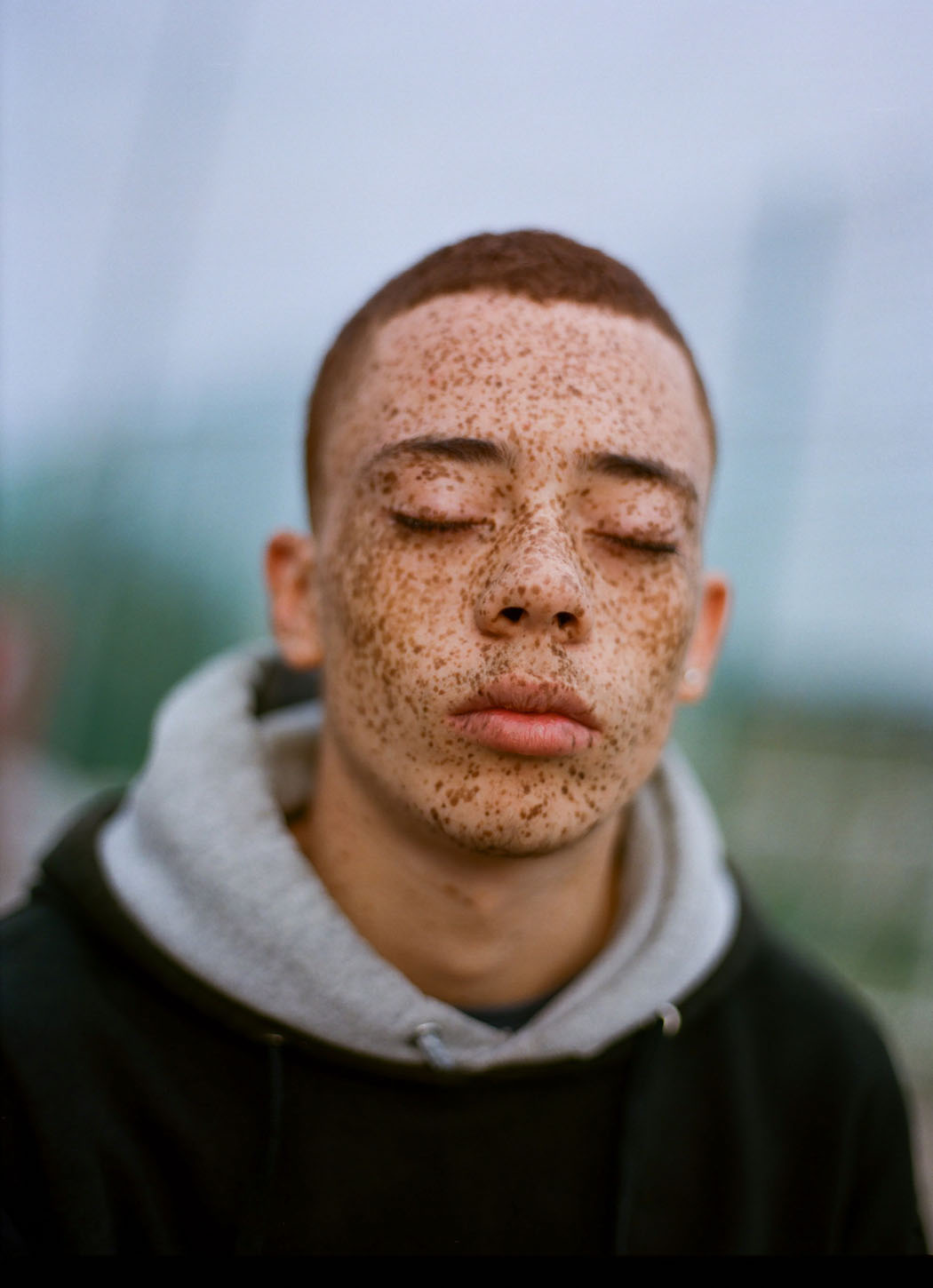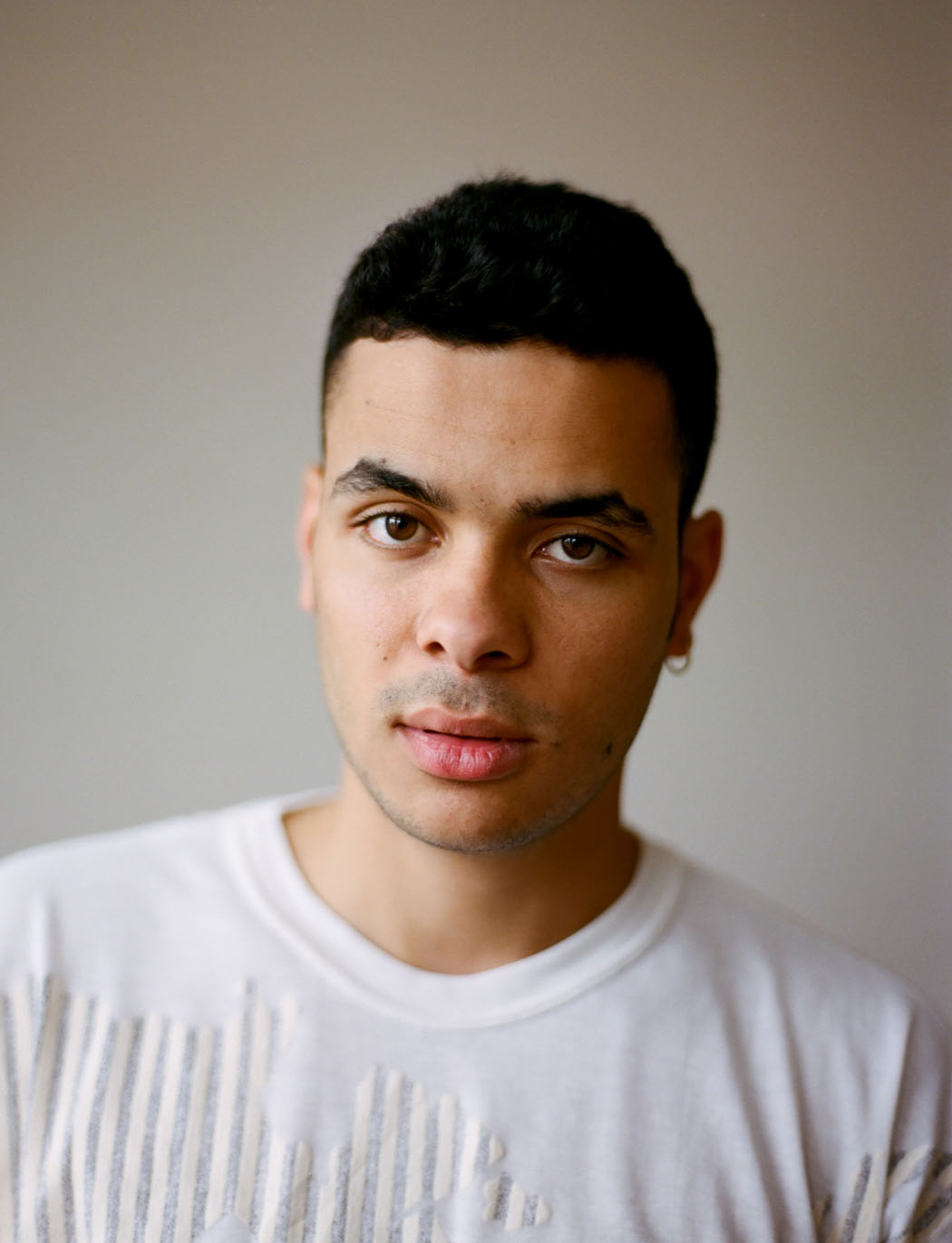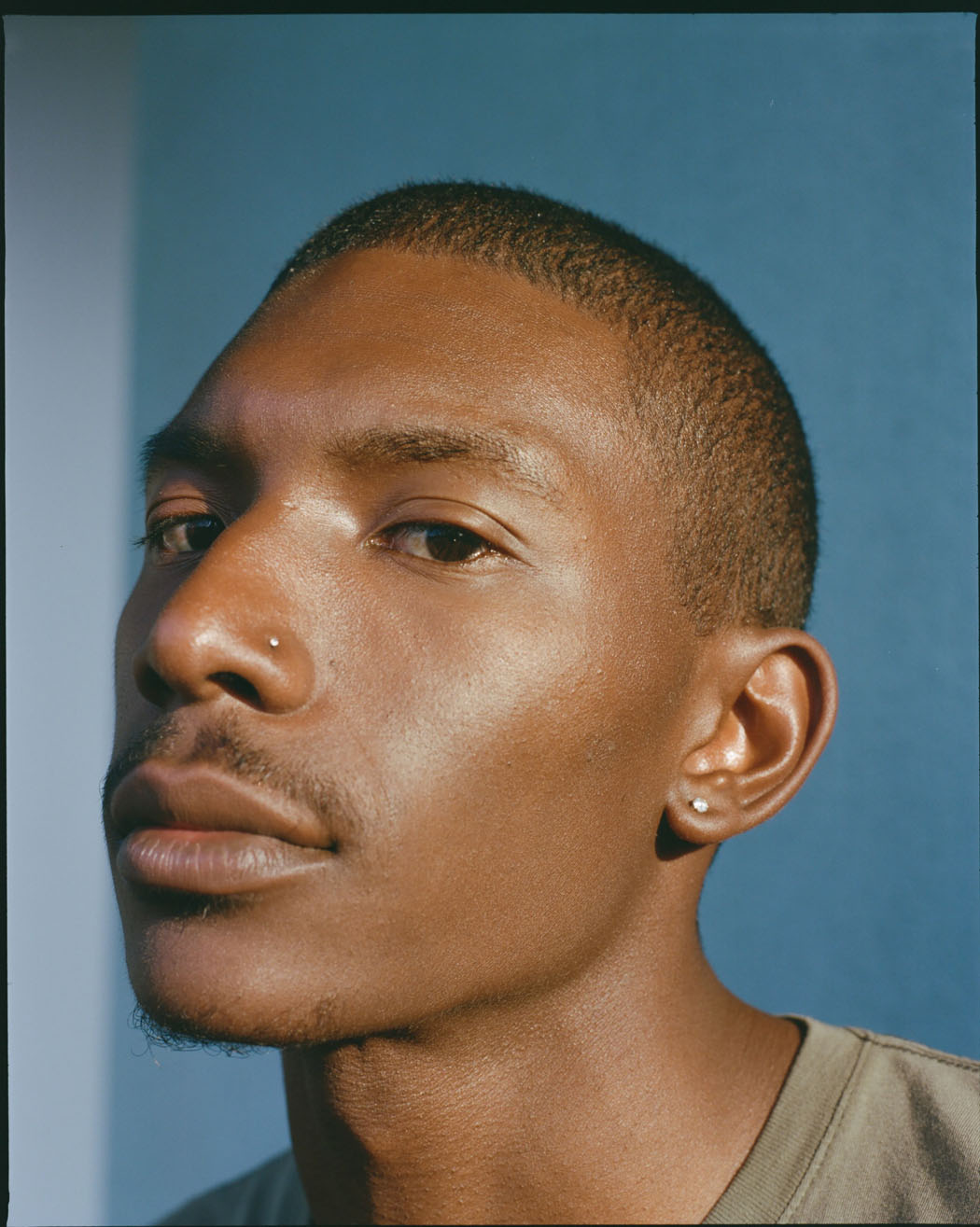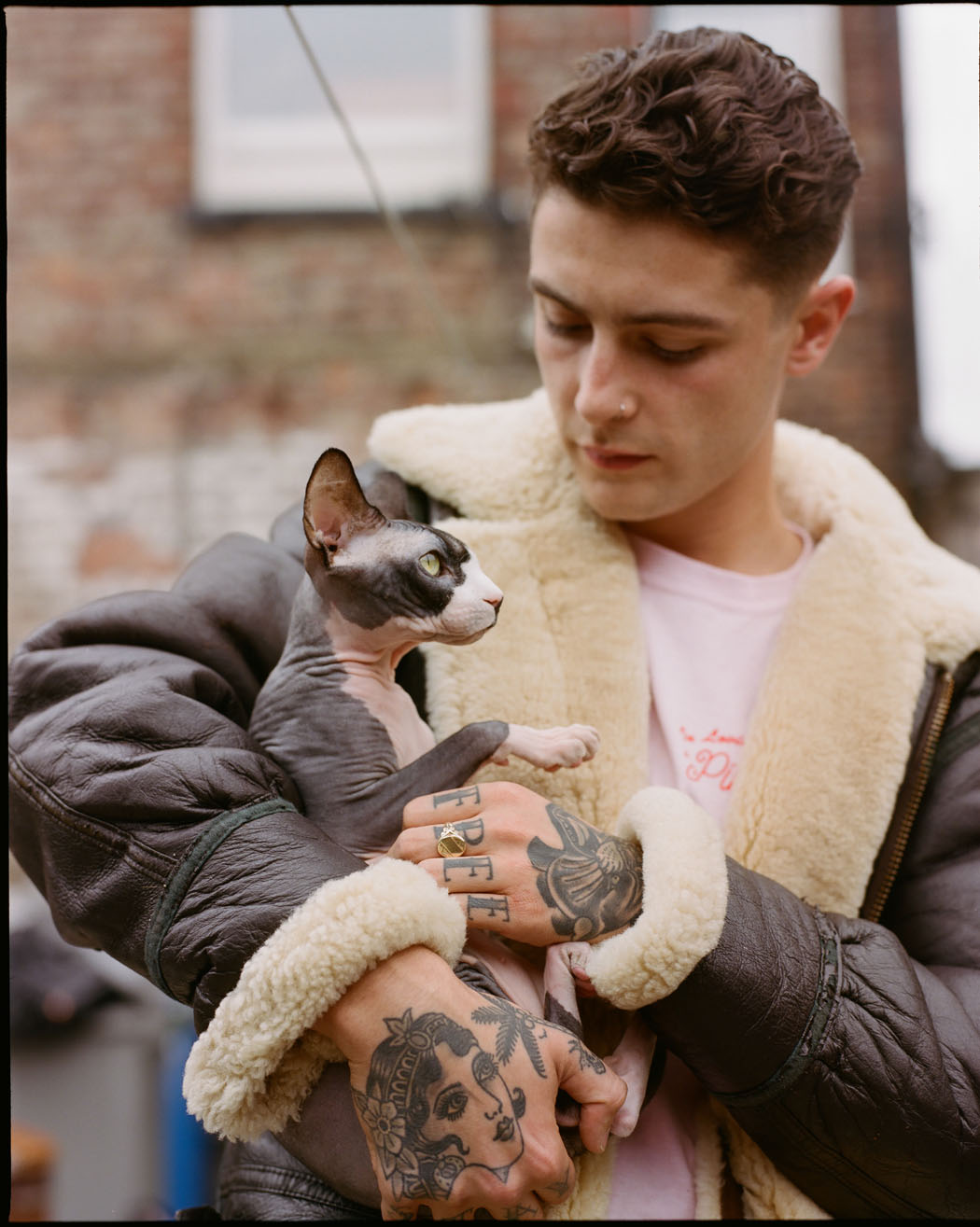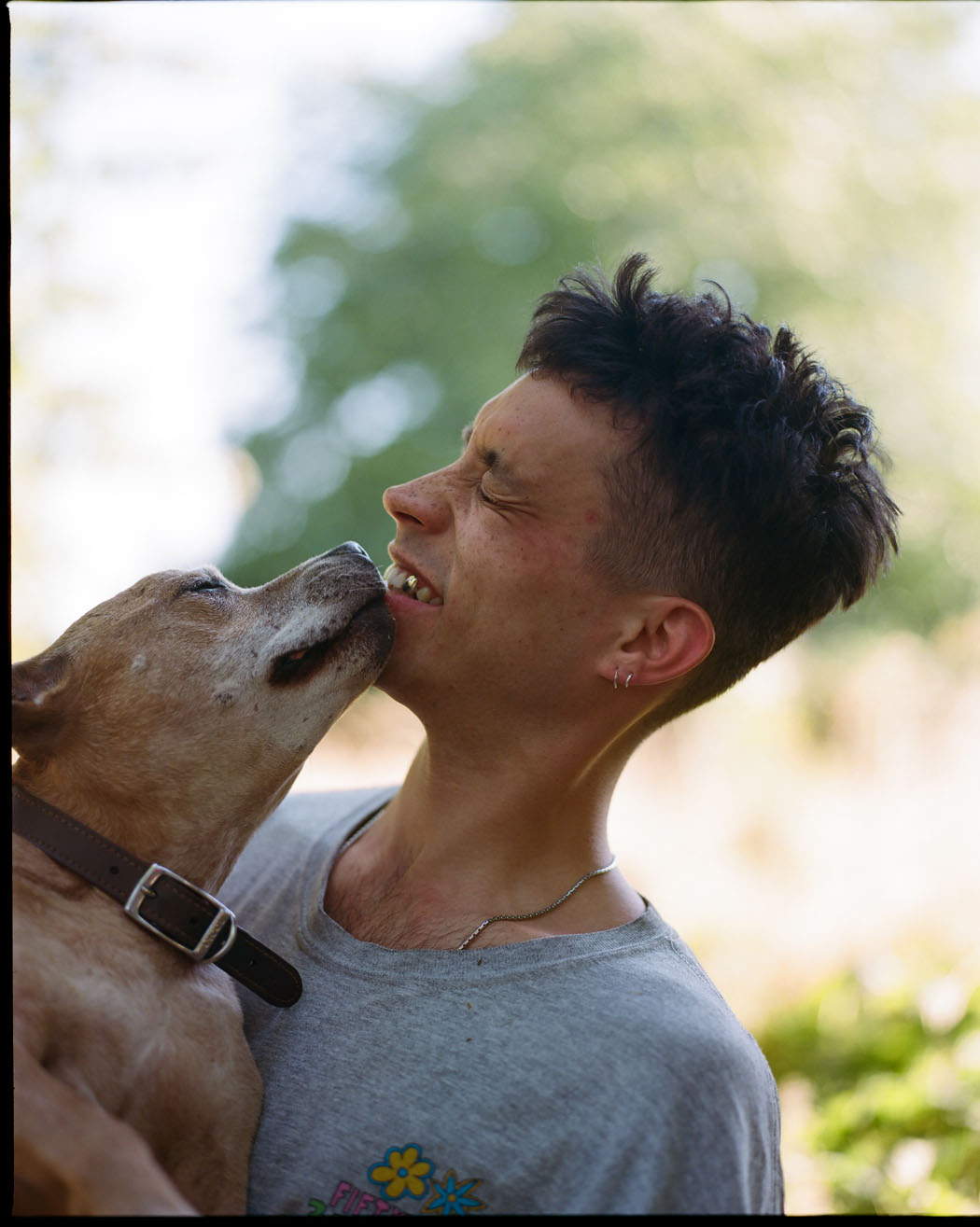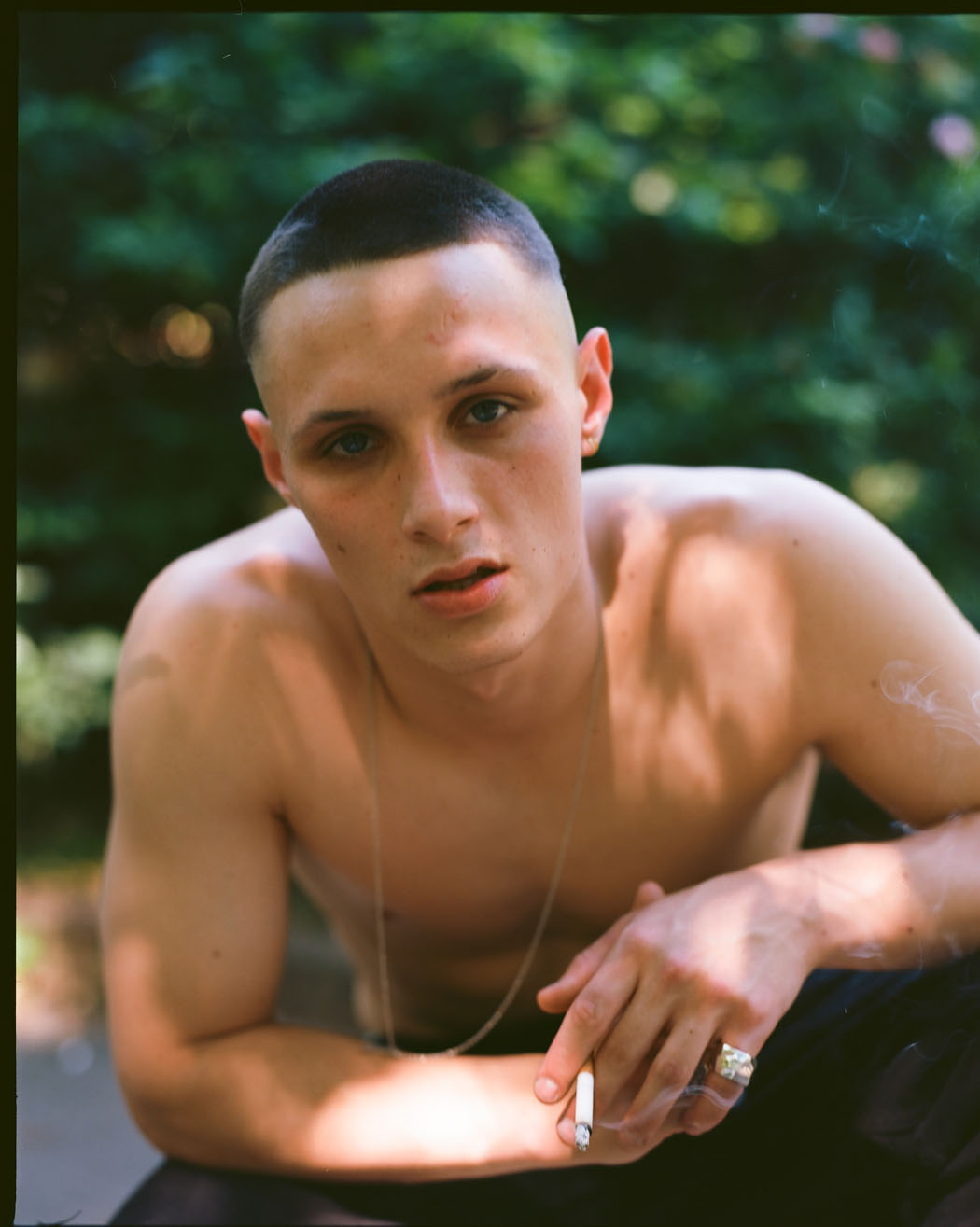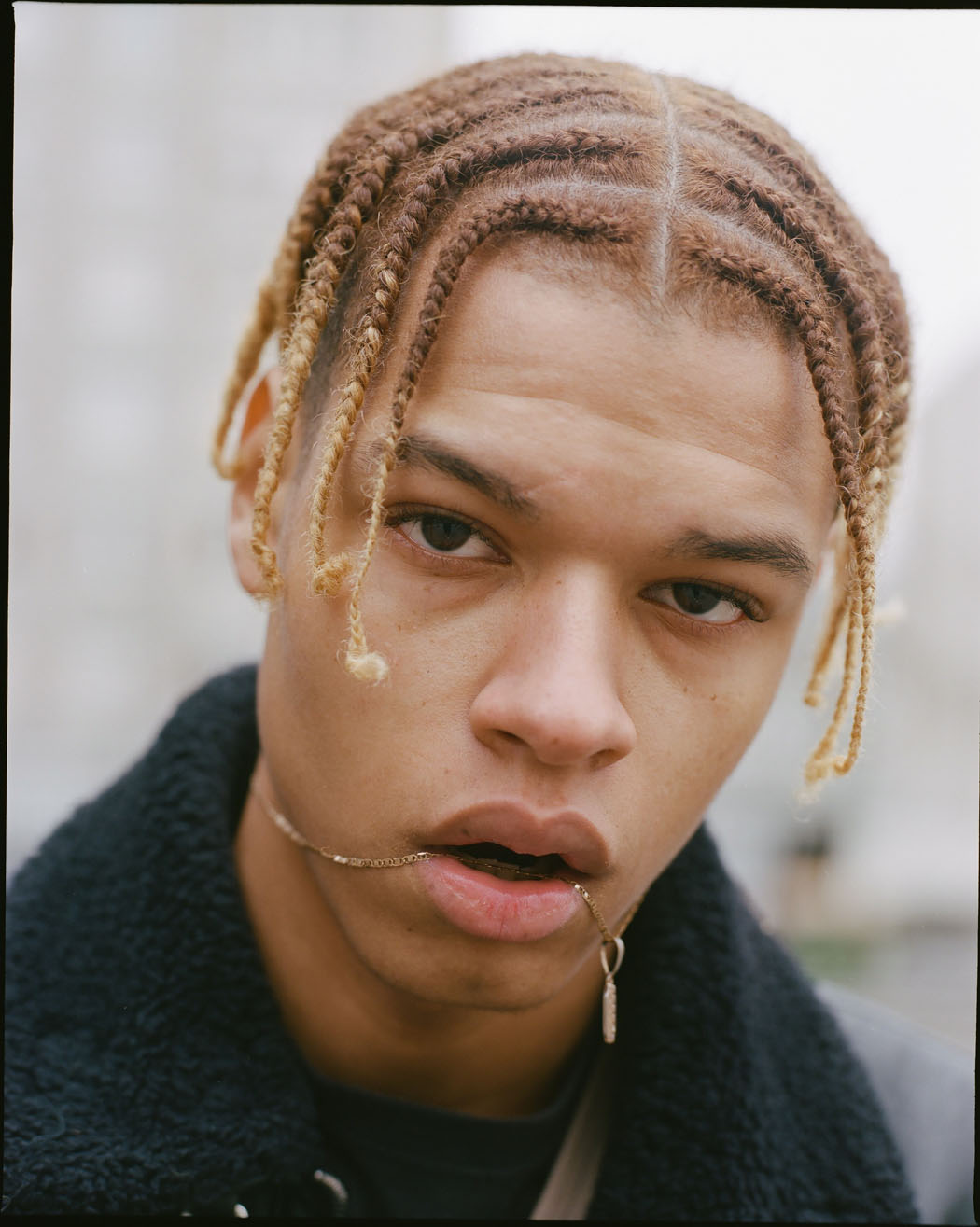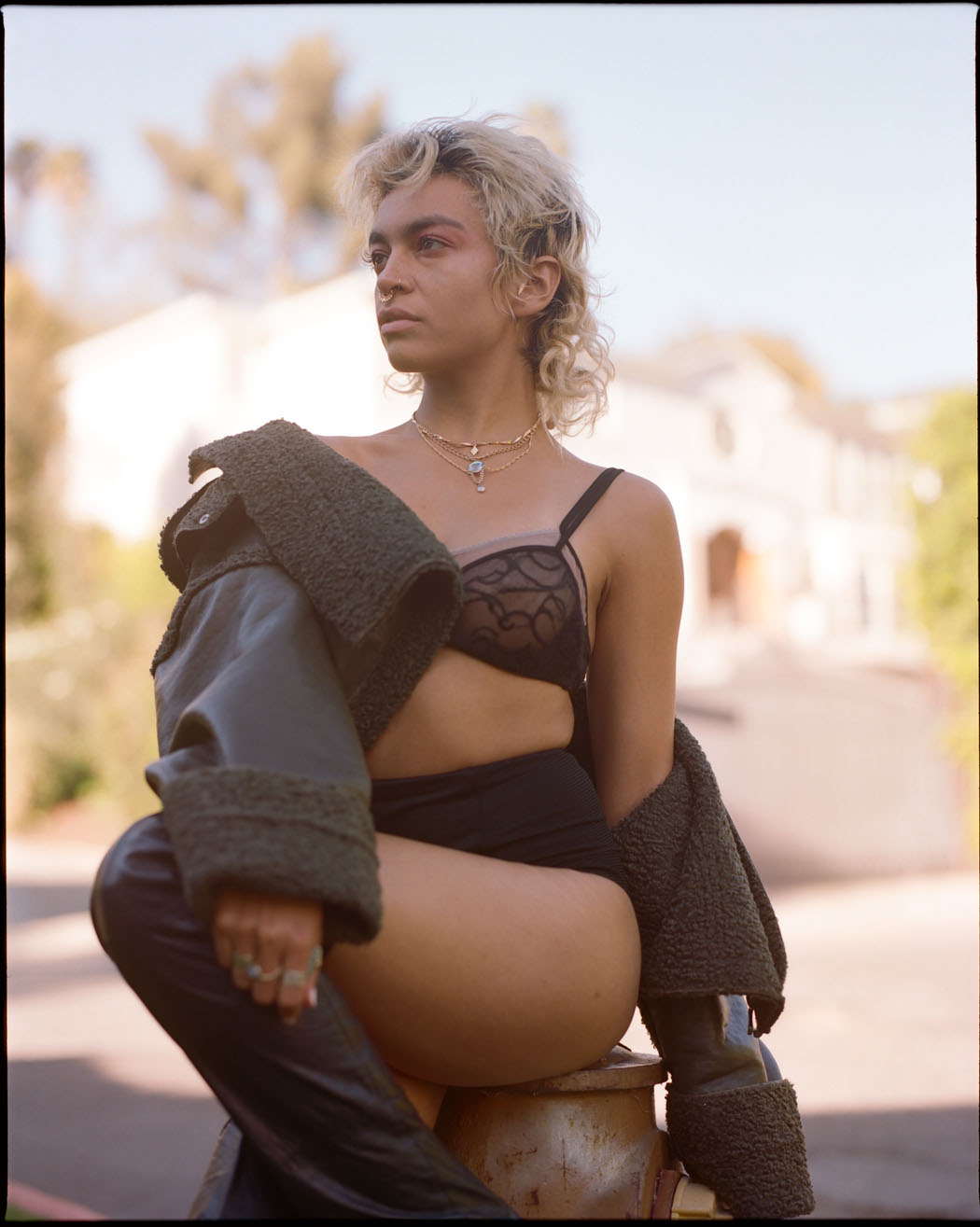“I spent at least two or three years interning, working for free and developing my own personal style before I had any really consistent and solid paid jobs. The trick is to keep working, learning and getting better and to not give up as that’s really easy to do.” The very talented London and Brighton based photographer Rosie Matheson talks to us about becoming a professional photographer, examining the emotional connection between people and places and how she got more and more up close and personal with her subjects as time has gone on.
I took my first photo… at a super young age. My mum claims I was around the age of seven! My first professional photo was around 17 years old. I photographed rapper, Rejjie Snow, in London.
Did you study something related to photography or are you self-taught?
I studied photography at sixth form college (aged 16-18) and I had planned on taking it as a BA degree at University however I never liked school and had always wanted to leave and be free. As soon as I left, I knew I would never make it back and so I started to take photos everyday, intern and learn as I went.
“Examining the emotional connection between people and places.” is written in your bio. Can you explain a bit more what you mean by that?
The connection between and a person and the location, area, environment you shoot them in really changes a photo. If you photograph someone at home or in a location that is close or important to them, their energy completely changes – they almost own that space and relax. What a person wears, the car they drive, how they decorate their home tells a lot about them. We control our surroundings. However if someone is taken out of their context, comfort zone, familiar surroundings, it makes for a totally different photo, it challenges them. I’m interested in playing with this idea and really trying to create meaningful images.
Who people are is also determined by where and how they grew up. When you travel, it opens you up, you feel free, open to trying things and exploring. The connection is real.
Your portraits are really expressive and great. How do you approach a shooting – and how do you know or feel the moment when to press the shutter in order to receive a strong portrait at the end?
I usually plan and think about each shoot a little before I take it on. If it’s a big one, I’ll usually storyboard and sketch the key shots I want to achieve from it, to make sure I don’t forget on the day. However I like to go into most shoots and take them as they come. Sometimes you can plan and plan but things never quite work out as you imagine so I like to just go with each day and deal with the shoot as it develops. I’m always waiting to capture a moment, it’s usually a certain look, sense of emotion, capturing the subject in thought or deeply engaged with my lens. Most of the time I will talk to my subject, ask them questions, discuss topics that come up and let them be. I’ll watch them as we chat and freeze them on a moment where they look relaxed and themselves. It’s always different but there’s a look and connection I wait to capture.
“We control our surroundings. However if someone is taken out of their context, comfort zone, familiar surroundings, it makes for a totally different photo, it challenges them.”
I love the portraits you do of boys. They show a strong and soft side of them at the same time and are so natural. How did you develop your style? And do you approach people on the street for shootings as well?
I think over time as I get older, experience more of life and change as a person, my work does to. You learn to interact with people differently, look at the world in new ways and your ideas and beliefs change and adapt. My work started out quite distant from a subject and I think I’ve got more and more up close and personal with my subjects as time has gone on. I’ve learnt to open my self up so they can do the same in front of the lens too. Casting wise, I approach people via Instagram and the street mostly. I used to be fearful of asking strangers to be photographed but now it doesn’t really bother me. There’s nothing to lose, you can only gain by someone saying ‘yes’!
You work for clients such as adidas, nike, asos, the financial times etc. How did you initially manage to get those paid photography jobs and how hard is it to become and be a professional photographer?
I spent at least two or three years interning, working for free and developing my own personal style before I had any really consistent and solid paid jobs. The trick is to keep working, learning and getting better and to not give up as that’s really easy to do. It’s hard to get into the photography world, there’s so much competition and it’s not an instant success. If you love what you do and stay true to your vision, I believe, you’ll get to where you want to be.
“I’ll watch my subject as we chat and freeze them on a moment where they look relaxed and themselves.”
What place inspires you the most? And what is the place where you recharge best?
It has to be London or Los Angeles for inspiration. Every day is different, you never see the same people and the landscape is classic and dramatic.
Hawaii is where I like to recharge, it’s the total opposite of the above. Being surrounded by nature and beautiful, clear, natural light is really where I relax and recharge best in order to be ready for the city again!
How much time do you spend on social networks?
At home = way too much time. Probably a few hours a day in total.
The world needs more of … and less of…
more – love
less – ego
www.rosiematheson.com
www.instagram.com/rosie_matheson

